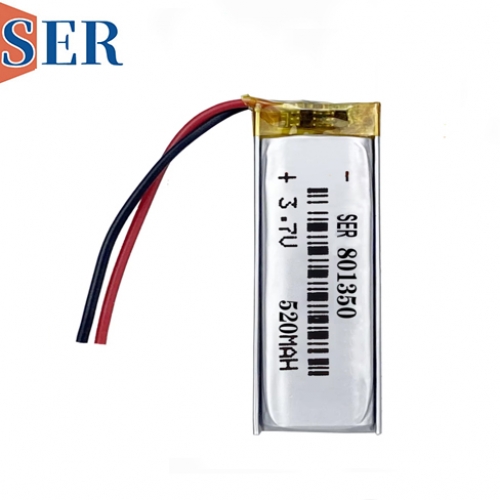How to choose a right battery for new products
How to choose a right battery for new products
The correct selection of lithium battery is very important for a new product project. Reliable lithium battery is the key component for the success of a new project.
There are many factors to consider when choosing a battery technology for a particular application: in addition to conventional maximum size, continuous operating current and pulse current, operating temperature range, weight and cost, and so on. In the next article, I'll talk about other key considerations:
1. Use and storage environment: topics to be discussed include temperature, atmospheric pressure, altitude, mechanical stress, vibration, installation location, radiation hardening, corrosion attack, packaging/shape, storage and shelf life, waste/gas generated, materials required, safety, materials, RoHS specifications... And so on.
2. Applications: types (including primary, secondary and intelligent) , technology, chemicals, efficiency and wear, charge and discharge cycle and speed, discharge depth, life, memory effect, charging technology, capacitor/battery hybrid technology, capacity, density (energy and weight) , protection circuit, Gasgauge, quality, reliability, charge and operation time.

Since Volta invented the first battery, batteries have evolved into many kinds over the years, these include lead acid (PBX) , nickel cadmium (NiCd) , nickel hydrogen (NiMH) , Nickel Zinc (Nizn) , zinc oxide (ZnO) , zinc carbon (Zinc-carbon) , zinc chloride (ZnCl2) and zinc manganese dioxide (ZnMnO2) .
There is also a range of lithium batteries: lithium-iron disulfide (LiFeS2) , lithium-manganese dioxide chloride (LiMnO2 battery) , lithium thiochloride (LiSOCl2 battery) , lithium carbonate polymer (LiCFX) , lithium sulfur dioxide (LiSO2) , lithium iodide (Lii2) , lithium aluminum chloride (LiAlCl4) , lithium lithium cobalt oxide (LiCoO2, LCO) , lithium iron phosphate (LFP) , lithium manganese oxide (LMO) , lithium nickel manganese cobalt oxide (NMC) , lithium nickel cobalt oxide (iNiCoAlO2, NCA) , lithium titanate (Li4ti5o12, LTO) . There's also silver oxide (AG2O) , silver zinc (AgZn) , sodium sulfide (Na2S4) , and nuclear or atomic battery know-how
Tip # 1: Start selecting batteries.
The author chooses batteries based on the context in which they are used. We can usually narrow down the range of technology options based on the context; for example, when the battery is operating at a temperature of 150 °C, can not waste time to find lithium-ion batteries, in that environment, the standard lithium-ion batteries can not be set foot, can only consider high-temperature lithium sulphide batteries, high-temperature lithium manganese batteries.
Tip # 2. The difference between Energy and power Energy
Power Energy and power are often confused. It is important to note that batteries can store potential Energy, that potential energy is converted to electrical power, which can be measured in amperes (a) at a few volts (V) , and then calculated in Watts (W = V × a) . The total amount of energy that can be transferred to a load is the instantaneous voltage times the instantaneous current, V (t) x a (t) , which is the integral of time -- because the unit of energy is Joule (J) , which is power times the number of seconds in time.
Tags: choose a right battery,How to choose a right battery,Reliable lithium battery,lithium-manganese dioxide battery,LiMnO2 battery , lithium thiochloride battery,LiSOCl2 battery,Energy and power Energy ,selecting batteries





